My Week at the KOSMOS Energy Stem Teacher Institute
Last year the theme of the summer institute was Earth/Space science. This lends so well to many of the concepts we traditionally teach in the primary grades. Suffice it to say that I was a little shocked when I found out the theme of this summer’s institute was chemistry.
My initial thought was, “how on Earth does chemistry apply to teaching science in Kindergarten?!” I don’t know about you, but I’m no chemistry whizz.
While as teachers in the primary grades we generally may not approach a science unit or lesson as “chemistry” per se, we should approach these experiences and physical science as the building blocks of future chemistry knowledge for our kiddos.
While this is not an exhaustive list of concepts or ideas, here’s what I learned that we should focus on in the primary grades.
States of Matter
Describing properties of the various states of a matter is a huge way to start building science vocabulary and exposure to solids, liquids, and gases.
Whether you can take a field trip to a local museum (like the Perot Museum), or just have a handful of interesting rocks, minerals, etc. in the classroom you could easily have children group them by like characteristics (size, luster, hardness). I think the power of having kids verbalize their reasoning for sorting by a specific characteristic is so powerful!
One of our challenges was to determine what type of material was in the 3 petri dishes above and give a claim/evidence/reason. My mind immediately went to how this could be done in a primary aged classroom. Could you imagine kids hypothesizing whether a material will float or not? Or maybe hypothesizing if a material will leave marks on paper or not? I so can! Then the kiddos can test out their hypothesis and give a claim/evidence/reasoning. I could see this activity being used with so many types of objects!
Talking about combining states of matter can be hands on, too! Think bouncy balls! Who doesn’t like bouncy balls people?! One way we explored making the states of matter hands-on for young learners was by making our own bouncy balls. It’s also great for tying in math because of the measurement involved.
The materials used to make these bouncy balls are very common (can be purchased at a grocery store) and they’re cheap! This activity also lends the perfect chance to be a bit messy! You can find a step-by-step tutorial for making bouncy balls [here]. Disclaimer: This bouncy ball recipe actually works!
Another hands-on (and very visual) representation of combining liquids and solids is the elephant toothpaste science experiment.
Want to make elephant toothpaste? Click [here] for a step by step guide.
You may be thinking, but what about gases? This is something I’ve really struggled with illustrating for young learners – when things aren’t easily seen or touched many kiddos can’t really form meaning. Well we did a great little demonstration to show that gases are around us even if we can’t see them.
How does all of this fit into the standards? My school uses the [Next Generation Science Standards] (NCSS) as a starting point for what we will teach, but definitely do not let it limit us. You can check out the “Physical Science” strand for information related to Chemistry and what we should be doing in primary grades to build strong science minds. If you’re looking for a place to start I highly recommend these standards (along with whatever state standards your state has).
My big take away after using the TEKS and NGSS? Let the standards be a guide, but go beyond the standards! We are creating the future and no set of standards can encompass everything that children should learn.
If you want more ideas for science check back throughout the year! I’ll be sharing tips, tricks, and ideas from our Saturday workshops! You can also visit my favorite Pinterest board all about hands-on science!
Interested in attending the KOSMOS Stem Teacher Institute at the Perot Museum of Nature & Science? If you live in the DFW area, I highly recommend you applying for next year! [Click here] for more information and the website with application.
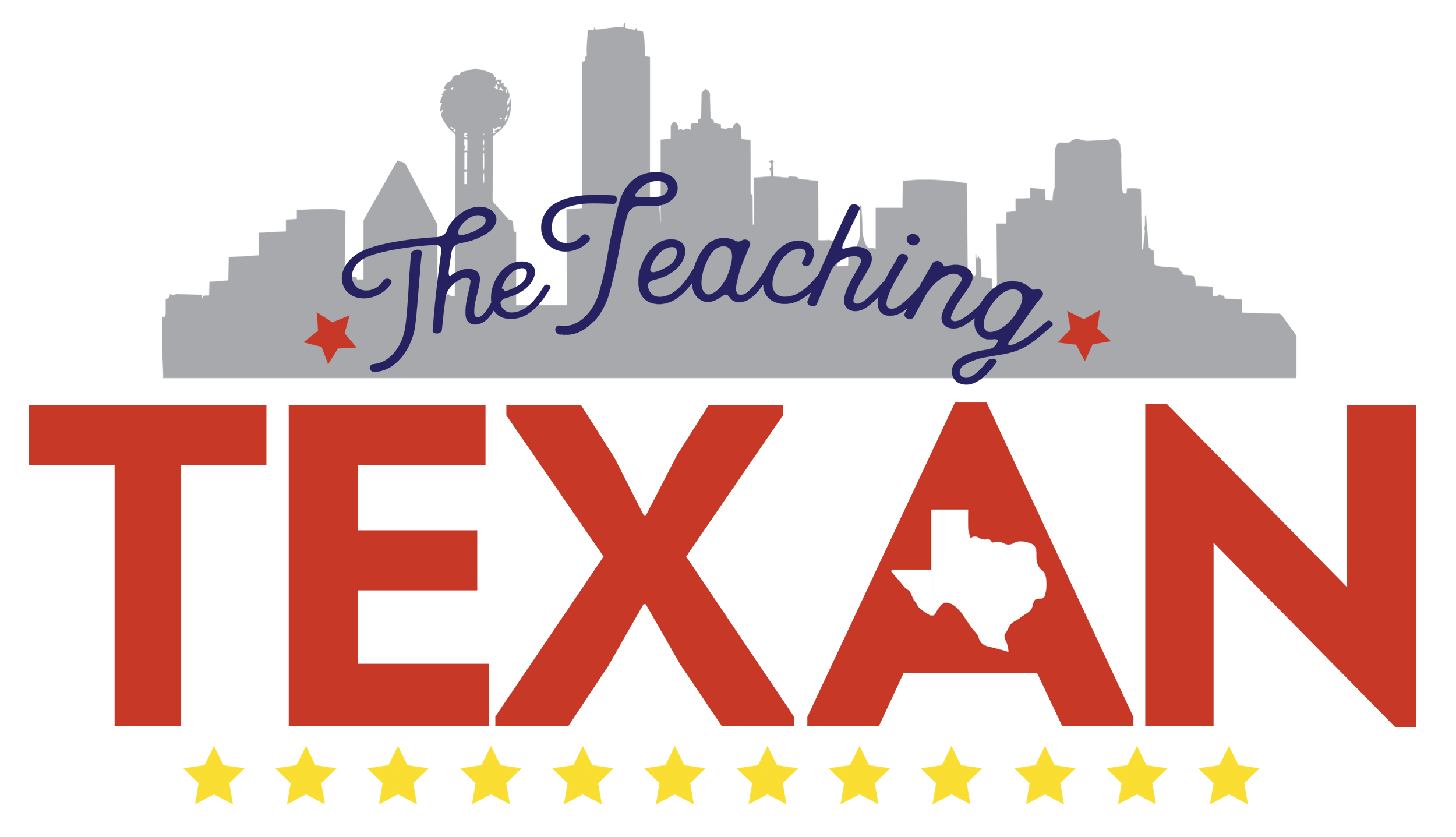

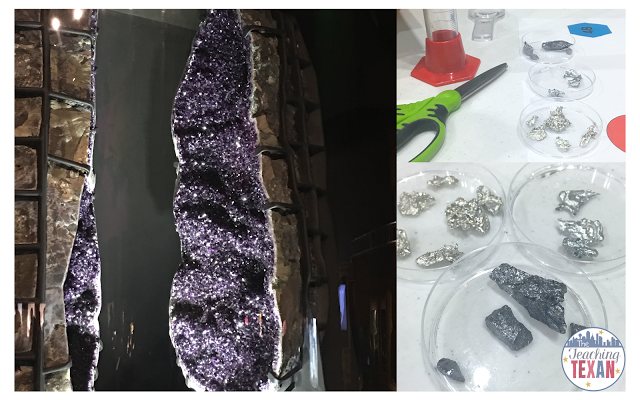
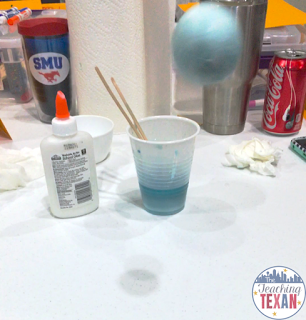
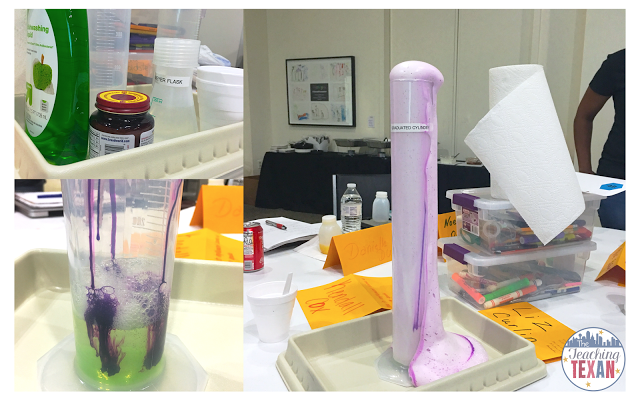
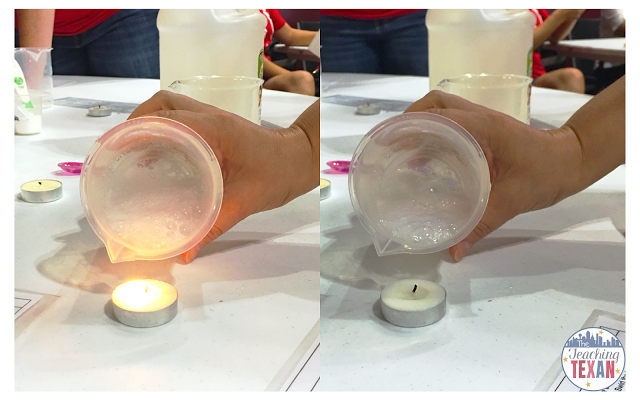
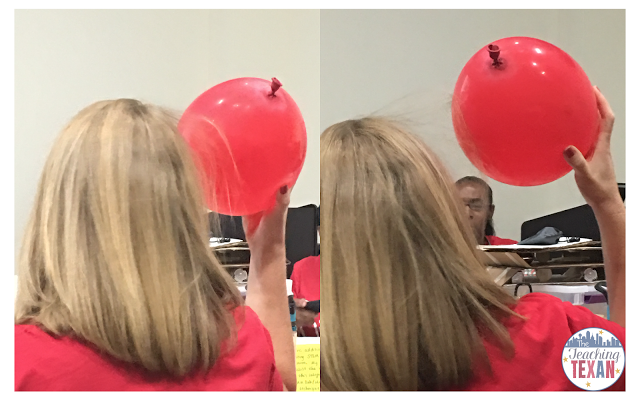
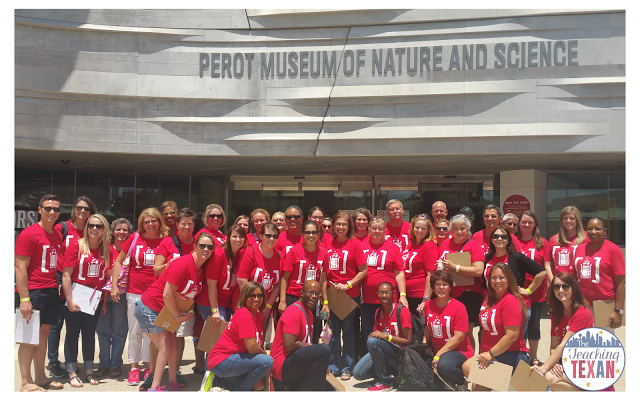
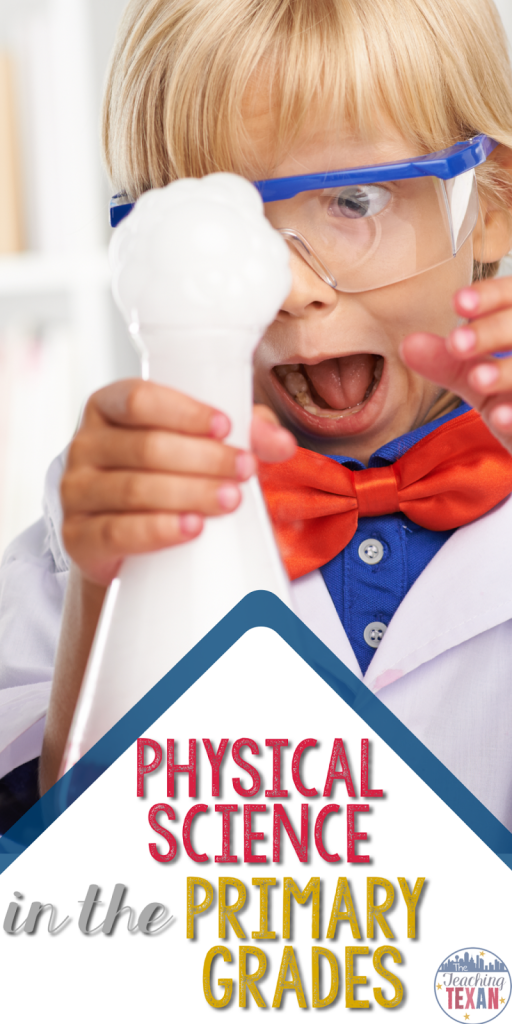
This is a great post Bryce! I primarily teach 2nd grade science and I LOVE sorts of any kind. One thing that I always find interesting is having students sort without any directives. Just sort. They come up with some really interesting and higher order insights! Take care…